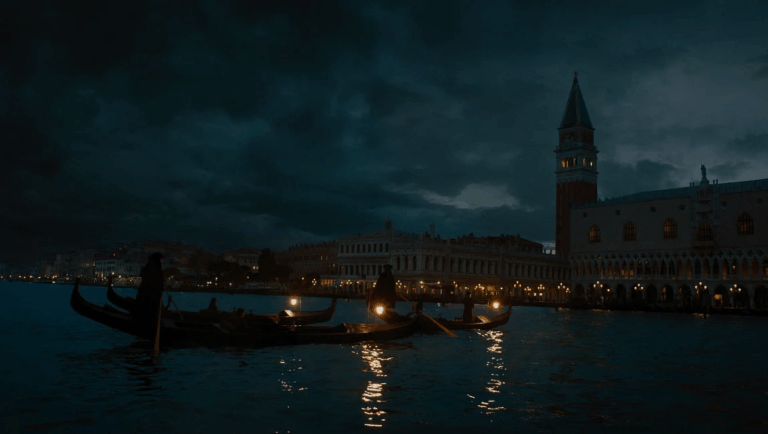No rest for the wicked. Today we wake up at three in the morning to reach Abu Simbel. Then, if we’re still alive, we’ll visit the High Dam when we return.
1. The High Dam
Out with archaeology, in with engineering. The Aswan High Dam is one of the largest in the world when it comes to embankments, it was built between 1960 and 1970 and it covers a surface of 5,250 sqm, creating the Nasser Lake.
Works were necessary to manage the floods of the Nile, and they had been dreamt of since the times of the Arab polymath Ibn al-Haytham who was summoned by the Caliph with the task of taming the river and answered with a polite “No can do, bro.”
Where the lake now stands, several archaeological sites had to be literally moved, including the famous Abu Simbel Temple. These works happened under the International Campaign to Save the Monuments of Nubia, and were a joint effort of the best engineers from all over the world, including workers and technicians from the Italian construction firm Impregilo. The temple was moved 65m above its original location, on an artificial hill specifically constructed.
Other moved sites included the Philae temple complex, which used to be on an island and was relocated to Agilkia Island overlooking the dam, the Temple of Amada who was the oldest surviving temple in Nubia, the Kalabsha complex, and the one of Wadi es-Sebua. Overall, 24 monuments were moved over the span of 20 years at a cost of 80 million dollars of the time and featuring the contribution of over 50 Countries.
2. Abu Simbel
The relocated temple is the Gardaland one, the one with the four massive statues of Ramesses II on the facade.
Its purpose wasn’t burial: it was a proper temple for the cult of the Pharaoh himself, annexed to a smaller one for the worship of his queen Nefertari. Its construction in the original location started around 1264 BC and lasted for around 20 years. The statues of the enthroned Pharaoh which flank the entrance are about 20 m high, carved in sandstone, and the one at the left of the entrance has been damaged in an earthquake: the head and torso fell away and were placed at the feet of the statue during the temple’s relocation. The smaller statues at the King’s feet represent his chief wife, the famous Nefertari Meritmut, and the queen mother Mut-Tuy. We then have his first two sons, Amun-her-khepeshef and the one we simply know as Ramesses B, and six of his daughters: Bintanath, Baketmut, Nefertari the younger, Meritamen, Nebettawy and Isetnofret.
Behind the 20 m statues, the temple’s facade extends for another 12 meters, and it’s 38 meters wide. Additional decorations on the facade include the marriage of Ramesses with a Hittite Princess, one of the daughters of King Ḫattušili III, and 22 merry baboons.
The interior of the temple follows a triangular layout that is typical of many contemporary temples, with a square hypostyle hall supported by eight pillars connecting the Pharaoh to Osiris and to that time when his mummy ended inside a tree and was turned into a pillar of the Byblos Halls. On the walls, we find scenes of war between Ramesses and the Hittite, of victories in Libya and Nubia. The axis of the temple was strategically positioned so that during strategic dates the sun would illuminate all statues except the chthonic deity Ptah.
The smaller temple to Nefertari has statues 10 m high and of course, the queen is never depicted alone nor bigger than her spouse even if this is her temple. Go figure. However, in this temple the two statues of the king and queen have the same height and this is considered to be revolutionary. It’s just 100 meters northeast of where she’s depicted as a dwarf at her husband’s feet.









1 Comment
Pingback:Egyptian Chronicles – Shelidon
Posted at 22:04h, 28 October[…] while looking at our schedule, and you won’t find it in any of the daily posts. It was done on the morning of day 7, the same day of Abu Simbel. Instapost here, where you can read the first portion of my rant […]